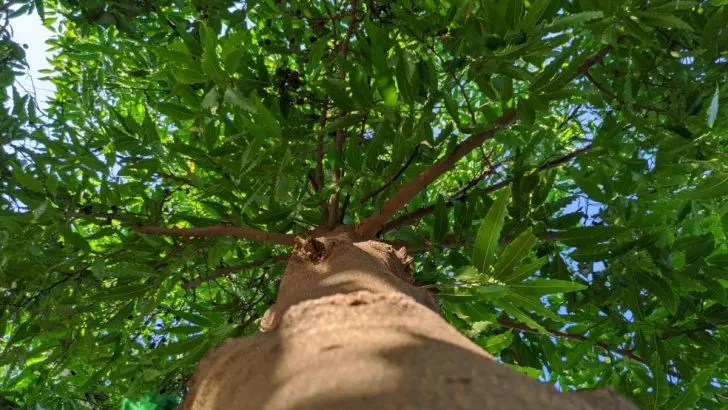Ashoka tree can become your favorite garden tree very quickly. What do you need to do?
Today we bring you a simple care guide for the Ashoka tree. In addition, we present to you the growing habits and botanical appearances of this plant.
Read everything carefully and when you fall in love with this plant, order it. In the spring, during the planting of this plant, you will see how much it was worth taking 5 minutes to read.
Already in the summer, when your plant starts to grow, you will be very happy and satisfied. So, do we have a deal?
Let’s learn more about the Ashoka tree care guide below.
About Ashoka Tree – Indian Fir Tree
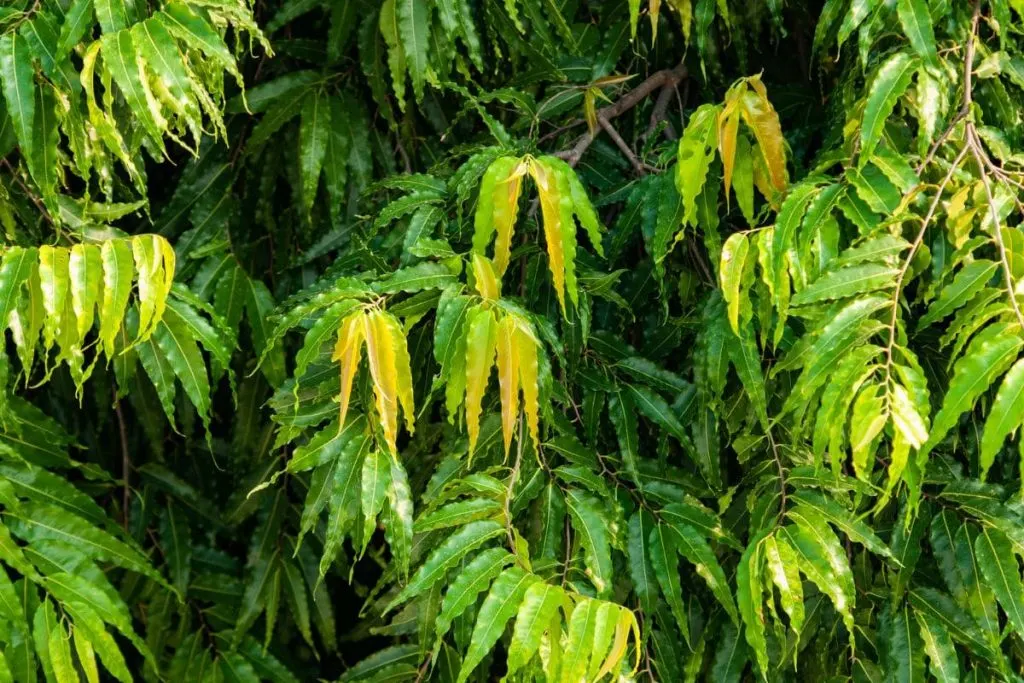
The Ashoka tree is a well-recognizable tree with its green bean-shaped leaves and vibrant red flowers. It is often confused with the false Ashoka tree, also known as the pendula.
Ashoka tree helps with many skin problems and it’s been planted around early Buddhist monuments and Buddhist and Hindu temples. This is a typical example of an evergreen, rainforest tree.
They are mostly found and seen in the Indian subcontinent, but are also planted in Hawaii. These herbs and their seeds have many benefits.
- Native habitat: central and eastern Himalayas/ India
- Family: Fabaceae
- Botanic name: polyalthia longifolia
- Common names: Indian fir tree/ indian mast tree/ tropical saraca indica
- Leaf shape: Ashoka tree leaves have green beans shape/ and the branch has at least ten green bean leaves on it/ leaves cover the entire trunk/foliage is green all year round
- Flowers shape: Ashoka flower/blossoms are tiny and red to dark orange in color, sometimes yellow, and clusters are shaped like long tubes/ flowers are fragrant
- Hardy zone: this evergreen erect tree grows in zones 7-10
- Wildlife: butterflies/hummingbirds/ bees/ and insects
- Toxicity: not toxic
- When and where to plant: gardens/ greenhouses/ ground covers/ landscape plants/ they are cultivated in the spring/ cultivation is not preferable in the summer season
Care Guide For The Ashoka Tree Also Known As Buddha Tree
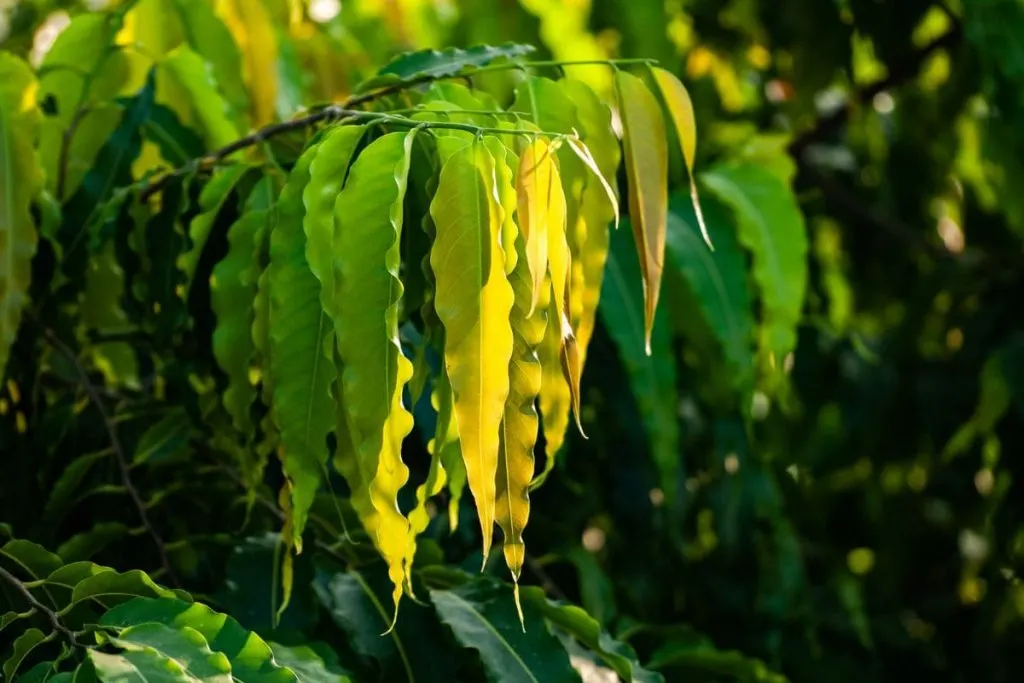
Below we bring you a care guide for the Ashoka tree plant. As we said at the very beginning, the care guide for this bull is very simple.
If you grow it in conditions similar to the natural habitat of this plant, then the plant will grow exceptionally well. Then let’s see what conditions this plant needs for successful growth.
Light Needs

The sun needs of this beautiful tree may be a bit complicated. In relation to the other conditions that this plant needs, you will still have to pay extra attention to the sun and light.
The plant can grow in partial shade conditions, but full shade will not suit this tree at all. In order for the plant to get its beautiful green color and beautiful flowers, try to get at least 4-5 hours of sunlight a day.
Yes, we are talking about full direct sunlight here. For such conditions, the location plays a very important role. Think carefully about the location of your plant before you plant it.
In this way, you will solve all the problems in the beginning. later it’s hard to think about it, and you shouldn’t transplant a young plant if you get the location wrong.
Watering Schedule

The root of the Ashoka tree has great absorption power, so it does not need much moisture in the soil.
This is why these trees can grow even with very little annual rainfall in nature where they are not cultivated by humans.
A similar rule applies to humidity. Too high humidity can lead to diseases of the leaves of this plant. The type of water is not a very important factor for this tree. You can use any water for watering.
Soil Type And Fertilizer
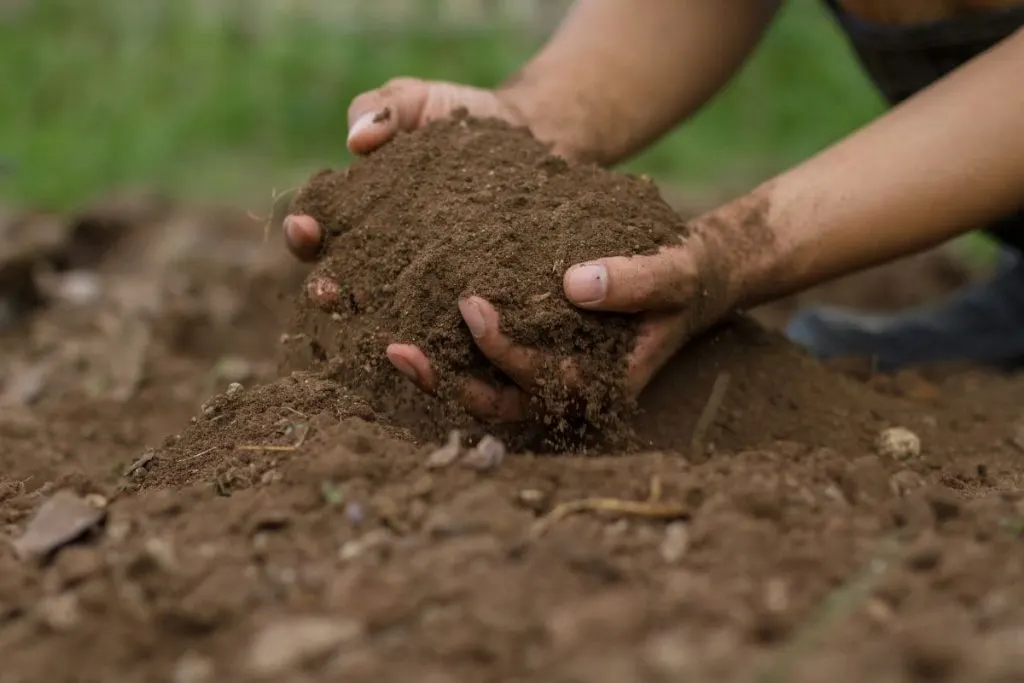
Ashoka tree prefers deep, drained, and loose soils. These soils should be slightly acidic and alkaline.
Excessive acidity will reduce its ability to grow in the very beginning. When choosing a location for the Ashoka tree, keep in mind that this tree is not suitable for strong winds.
Winds are especially harmful during flowering. In strong winds, pollinators do not fly, and the wind reduces the possibility of receiving pollen on the pistil. When it comes to the locations surrounding your garden, hills with gentle slopes suit this tree.
Before planting this tree, it is important that the chosen soil for the tree is enriched with nitrogen.
For this reason, it is necessary to plant common legumes on the ground two years before planting the Ashoka tree. Why you must be wondering?
Legumes serve this purpose perfectly. Two months after fertilization, the soil should be tilled to a depth of 30-40 inches. After rooting, it is necessary to dig places for planting cherries.
The best fertilizers for this plant are those that contain nitrogen, phosphorus, and potassium. These are excellent and much-needed nutrients for this tree. However, the percentage of these nutrients will not always be the same.
You will differentiate the proportion of phosphorus, potassium, and nitrogen at the first planting, before flowering, and for high yields. Therefore, it is important to note that you will fertilize this tree three times a year. In early and late spring and mid-summer.
Pruning And Propagation
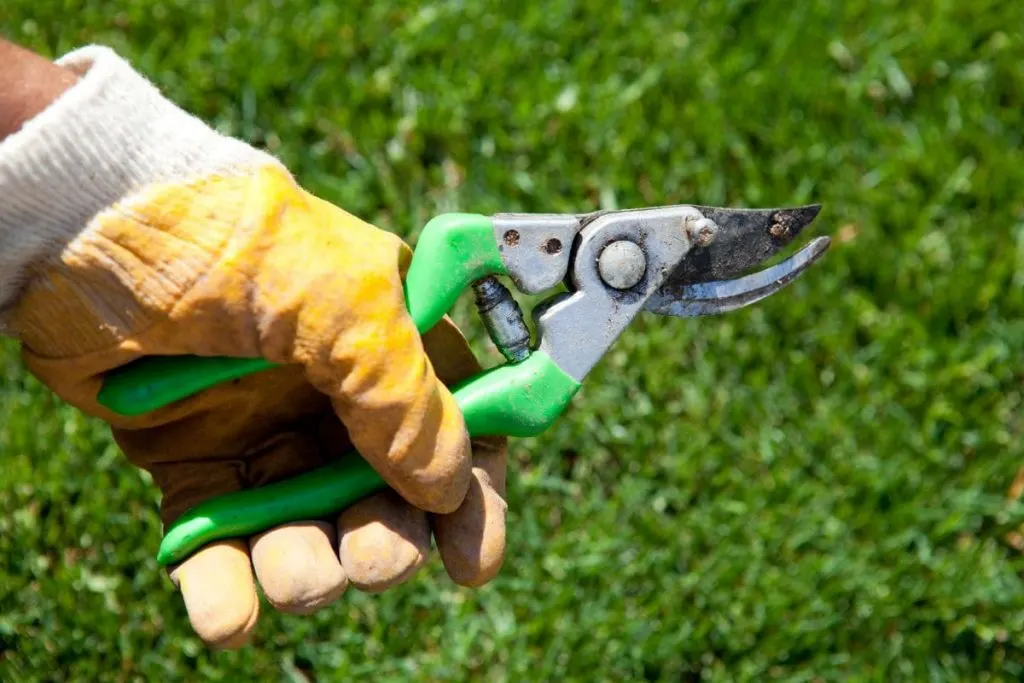
When pruning, isolate the top of the seedling because this tree is characterized by a dominant top. With proper pruning, strong shoots will emerge at the top, which will give even better shoots in the second year of growth.
Prune Ashoka tree at a budding time. Along with pruning, bend the saplings so that they form basic branches at a later age.
After this basic pruning, pruning is very easy afterward. In subsequent stages, cut only those branches that choke the crown.
Propagation of this plant is done with semi-cuttings. It is necessary to choose cuttings that are mature, by no means young ones. The cuttings should have at least 4.5 leaves on them and should be healthy. A damaged cutting will fail to root or develop.
Temperature And Humidity

During the rest period, this plant tolerates sub-zero and cold temperatures very well. But this means that this plant can grow in regions where there is snow or frost.
This will by no means be good for this plant. The ideal temperature conditions for the Ashoka tree are between 60 and 70 degrees Fahrenheit.
In such conditions, they will naturally carry out all their processes on time, flowering, budding, growth, ripening, drying of leaves, etc.
In colder regions, they will have slower growth. Humidity is not a very important factor for this wood. Both 40 and 50 percent humidity suit it, as long as it’s not very high.
Preparing The Tree For The Next Season
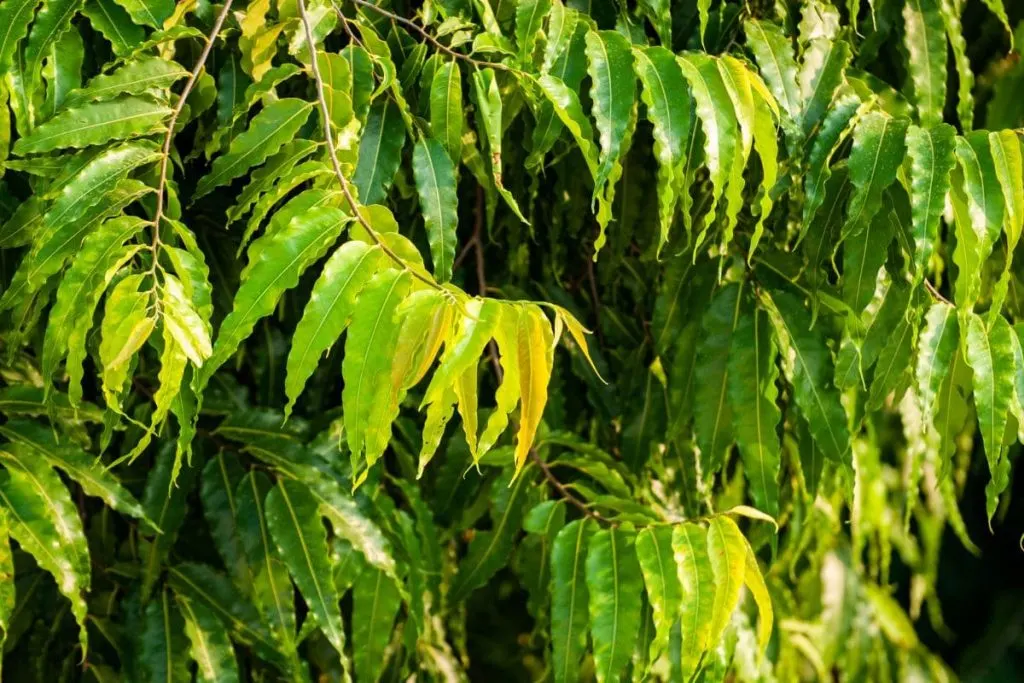
When the flowering season is over, there is a possibility that some branches will remain damaged.
Not because of flowering, of course, but because of pests and weather conditions. In order to prepare your tree for the next season, cut off damaged leaves and twigs.
Take sharp garden shears or a knife, preferably garden shears, and remove the damage. In this way, the plant will regenerate and repair itself until the next flowering period.
Use Of The Ashoka Tree
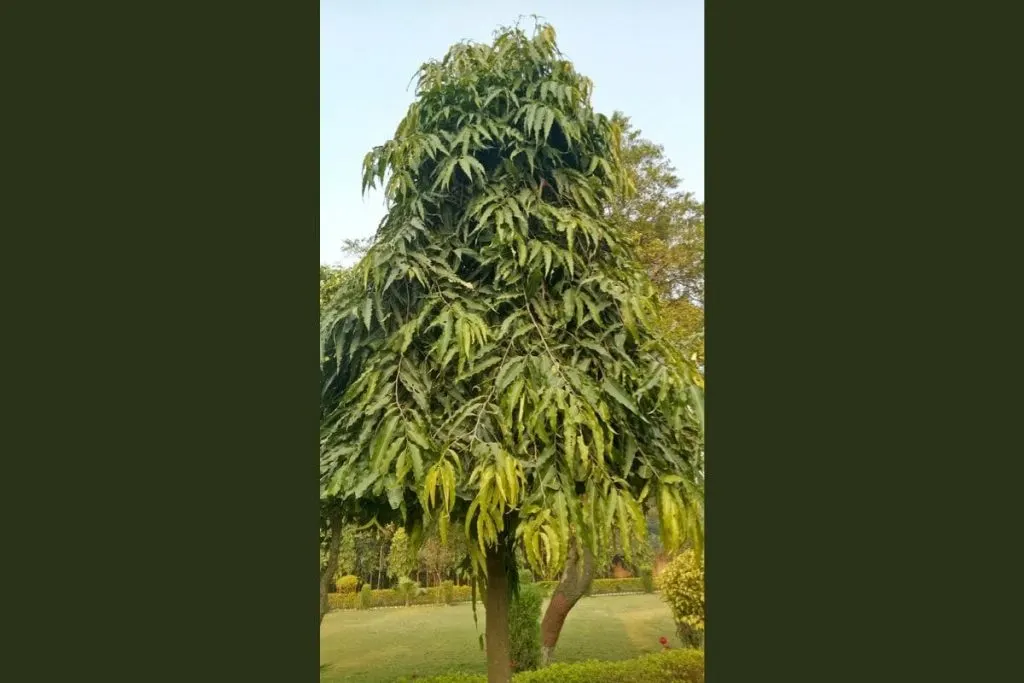
Ashoka tree has many benefits. It is not a miracle that this tree was used since the 19th century for many things, especially in the Hindu culture.
People in India still use the seeds from these trees for many things. What else is this tree used for? Let’s see below.
Use of the Ashoka tree:
- landscape and decor plant
- seed powder and Ashoka tree bark are used in medicine to stop internal bleeding in uterine muscles
- skin irritations
- external inflammation
- and skin conditions
- have many other health benefits
- especially in the cultural traditions of India
- planted around Hindu temples
- a thick decoction of the tree for acne
- has symbolism in art
Wrapping Up
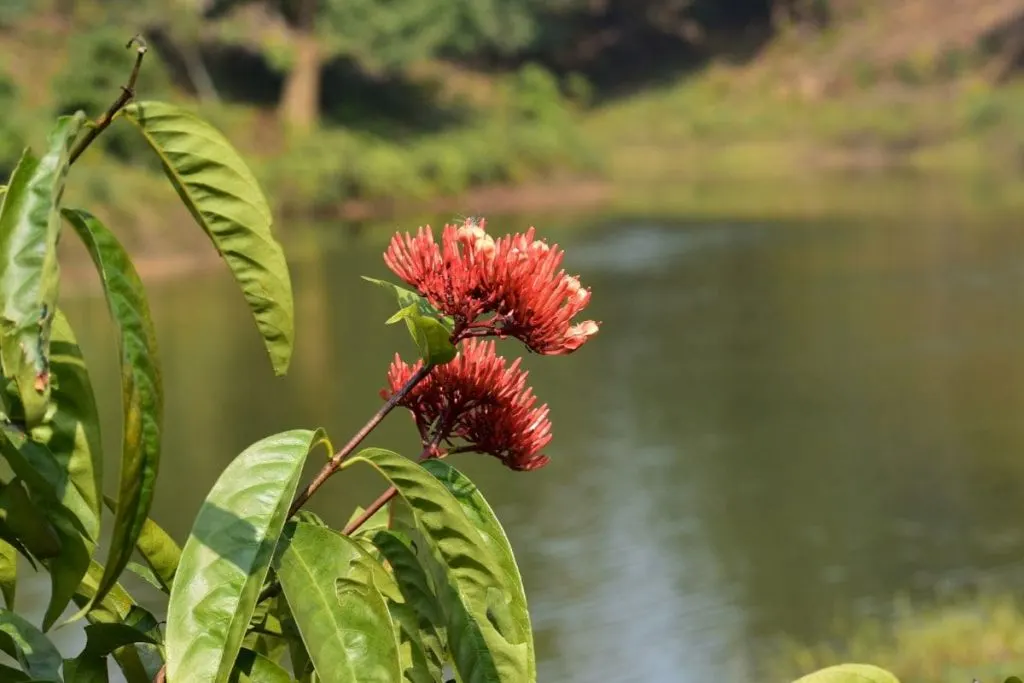
If you liked our article about the lovely Ashoka tree, we suggest you check out the magnolia tree Florida, flowering trees yellow, and the umbrella tree Florida. All of these trees are unusual and unique and they’ll brighten up your garden in a second.
What’s there left to say? Let’s sum it up once again. Well-drained soil, a regular watering schedule, correct soil type and you will have a perfect Ashoka tree that’s in shape. Avoid full shade for this tree!
A tree that is famous all around the world can now be a part of your yard too. The benefits of this herb for gynecological and skin problems might also be why you choose it.
We hope you enjoyed our article, see you tomorrow with similar topics.

